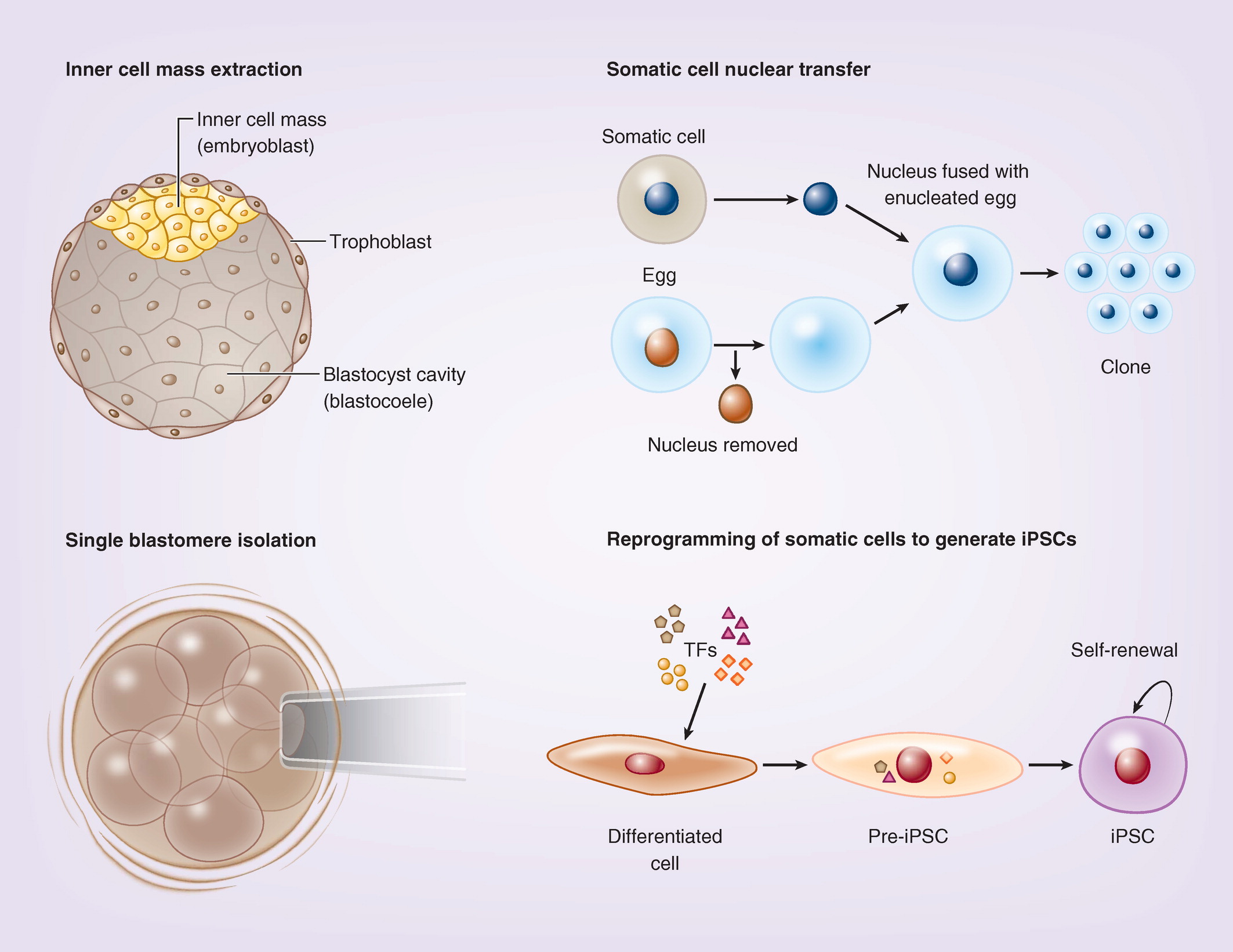

Irv Weissman explains the difference between an adult stem cell and an embryonic stem cell (video) iPS CellĪn induced pluripotent stem cell, or iPS cell, is a cell taken from any tissue (usually skin or blood) from a child or adult and is genetically modified to behave like an embryonic stem cell. The cord blood cells that some people bank after the birth of a child are a form of adult blood-forming stem cells.ĬIRM-grantee Irv Weissman of the Stanford University School of Medicine isolated the first blood-forming adult stem cell from bone marrow in 1988 in mice and later in humans. Although these cells come from an umbilical cord or a fetus, they more closely resemble adult stem cells than embryonic stem cells because they are tissue-specific. Scientists have also found stem cells in the placenta and in the umbilical cord of newborn infants, and they can isolate stem cells from different fetal tissues. Once a stem cell line is established from a cell in the body, it can be grown in the laboratory indefinitely. Adult stem cells in the intestine can form all the cell types of the intestinal lining.Adult blood-forming stem cells in the bone marrow can give rise to any of the red or white cells of the blood system.They have the broad ability to become many of the cell types present in the organ they reside in. They are therefore also called tissue-specific stem cells. They are thought to exist in most tissues and organs where they are the source of new cells throughout the life of the organism, replacing cells lost to natural turnover or to damage or disease.Īdult stem cells are committed to becoming a cell from their tissue of origin, and can’t form other cell types. Adult Stem CellĪdult stem cells are found in the various tissues and organs of the human body. He now shares a joint appointment at the University of California, Santa Barbara, a CIRM-funded institution. James Thomson, a professor in the Department of Cell and Regenerative Biology at the University of Wisconsin, derived the first human embryonic stem cell lines in 1998. These cells are known as embryonic stem cells. When isolated from the embryo and grown in a lab dish, pluripotent cells can continue dividing indefinitely. In humans, these cells no longer exist after about five days of development. Embryonic Stem CellĮmbryonic stem cells come from pluripotent cells, which exist only at the earliest stages of embryonic development. When scientists talk about pluripotent stem cells, they mostly mean either embryonic or iPS cells.

Embryonic stem cells are pluripotent, as are induced pluripotent stem (iPS) cells that are reprogrammed from adult tissues. In other words, these cells have the potential of taking on many forms in the body, including all of the more than 200 different cell types.


 0 kommentar(er)
0 kommentar(er)
